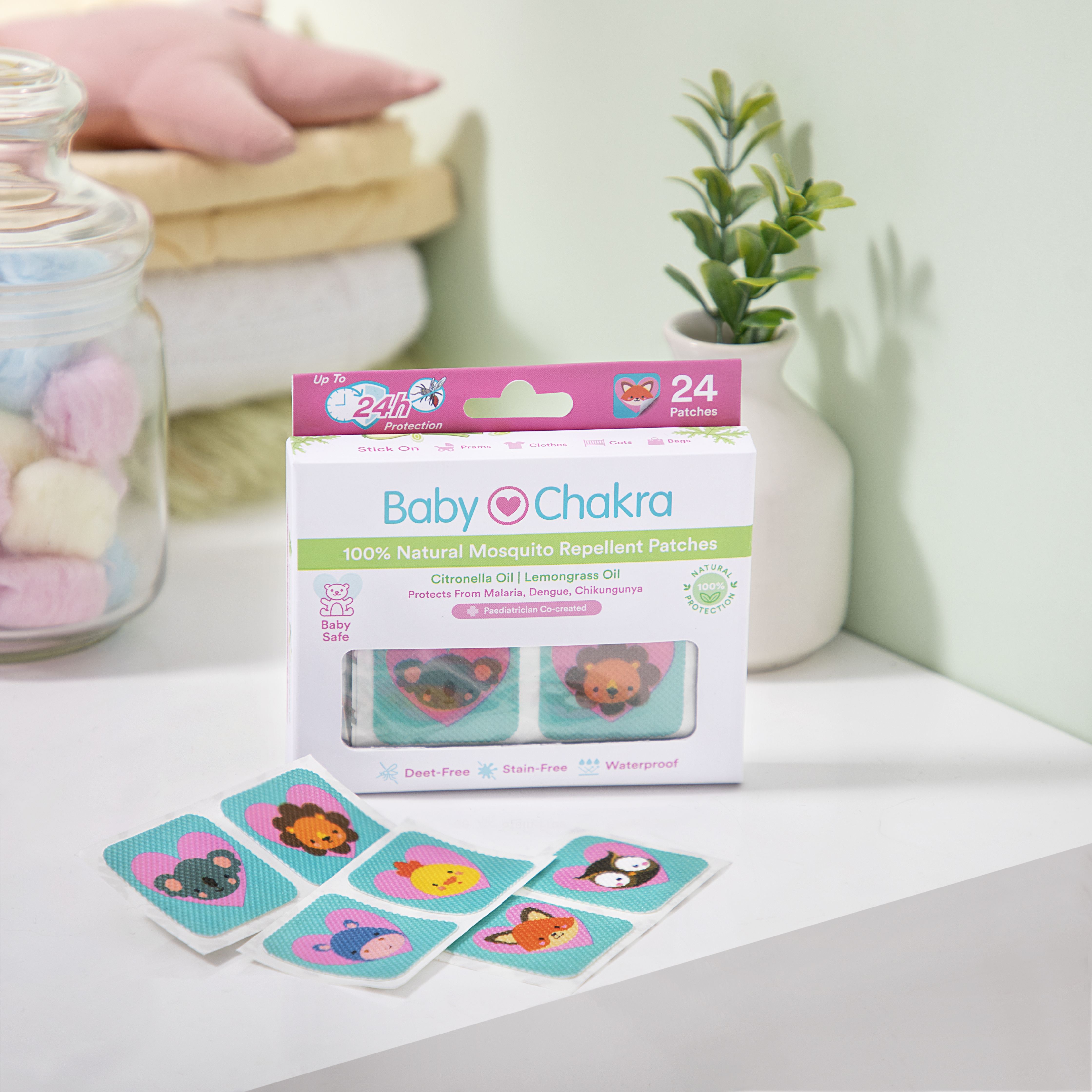
10 Ways To Babyproof Your Child’s Room
11 Oct 2022 | 4 min Read
Reema Shah
Author | 740 Articles
When you think about transitioning your toddler to a big-boy or big-girl bed, having a babyproof checklist is very important. Doing this will keep them away from getting into possible trouble and keep them safe when they are in their room alone. Here are ten basic tips to babyproof your child’s room.
Additionally, when you are planning the babyproof checklist, ensure that you also keep the room clean and dust free and also safe from those pesky mosquito bites by sticking safe mosquito-repellent patches on their clothes or their immediate surroundings.
Babyproof Checklist For Your House
1. Ensure that the photo frames are up and away from your child’s reach. This is because the glass can shatter and cut your child even in a carpeted room if your child knocks over or drops a frame. Mount the frames on the wall or replace them with plastic.
2. Another safe way to babyproof your child’s room is to keep the TV in your child’s room wall-mounted. This is because in case a child tries to climb on a TV stand, the set can fall on her/him. Use slip industrial-strength velcro straps through the air-vent holes and connect them to eye hooks that you screw into the wall.
3. Keep candles and matches out of reach. Your toddler may accidentally light a match and start a fire, irrespective of how undeveloped her fine motor skills are. Additionally, if she chews on a candle, she could choke on the wax. You can switch to flameless LED candles to mimic the effect of flickering candlelight.

4. Set up the baby’s crib safely. Once your child can sit up, you should consider lowering the crib mattress. Stuffed animals are a suffocation risk for babies and can also make an easy step stool for your little one who wants to get out.
5. Ensure that the window has a guard. The windows in your baby’s room should only be able to open three inches which are about the height of an adult fist. They should also have a window guard. You must install a guard if you have a low window and a window seat.

6. Another important aspect to take care of while you babyproof your child’s room is to ensure that the kitchen is gated. This is one room in the house that is full of risks and you should make it off-limits when you’re not around.
7. Protect the lower cabinets. Any cleaning products like automatic dishwasher detergents, drain openers, floor cleaners and furniture polish are toxic to children. You can secure the cabinet with a magnetic lock or use a traditional latch along with a childproof locked box. Additionally, you may place these chemicals high up and well out of reach of children.
8. Ensure that the door can’t shut on its own as this is one of the most common types of amputations in kids involving fingers and thumbs. Use a stopper to keep the door fixed or keep it shut.
9. Remove stove knobs and pull them off when you’re not cooking. You may also use a stove guard or a plastic or metal shield that attaches to the front side. This makes it harder for your little one’s curious hands to reach burners. 10. When it comes to the bathroom, ensure that there are rubber spout covers which can protect your toddler from bangs and bruises.
Consider these tips to babyproof your child’s room to keep him/her safe and avoid worries.
Cover Image credit – Canva
A


Related Topics for you
Suggestions offered by doctors on BabyChakra are of advisory nature i.e., for educational and informational purposes only. Content posted on, created for, or compiled by BabyChakra is not intended or designed to replace your doctor's independent judgment about any symptom, condition, or the appropriateness or risks of a procedure or treatment for a given person.

